Thickness is crucial when choosing a good Pilates mat. Unlike yoga mats, Pilates mats require a certain amount of cushion to support strength and balancing exercises.
The ideal thickness for Pilates mats is 0.6 inches. However, there is more to a good Pilates mat than just thickness.
Checking all the important features of a Pilates mat, such as size and material among others, can lead to a more informed purchase and a comfortable and effective workout experience.
Mat Thickness
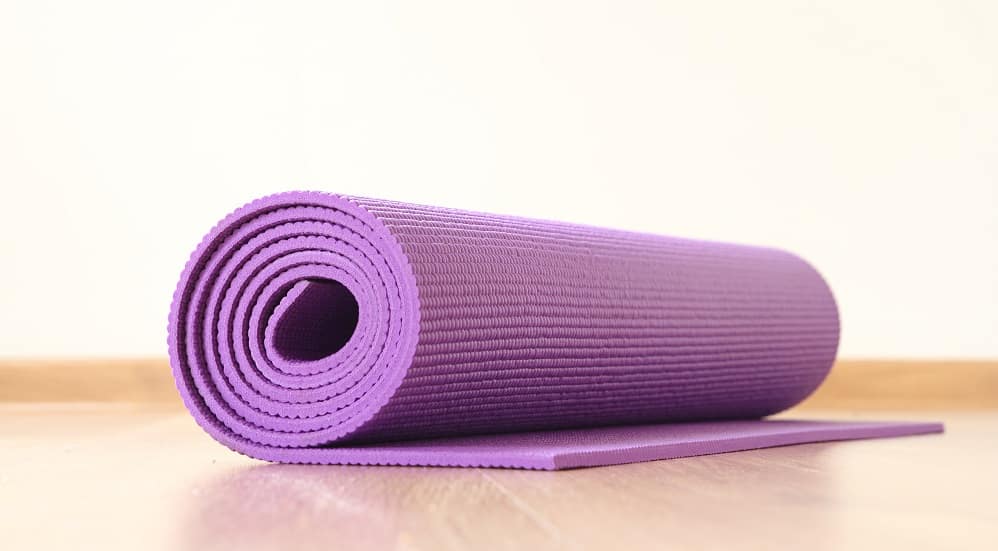
A lot of Pilates workout routines can involve the spine and other bony parts of the body. A thin mat, like yoga mats, can be uncomfortable for Pilates and can even cause pain or injury. Pilates mats are typically twice as thick as yoga mats, measuring 8mm to 12mm or 1/3 to 1/2 inch.
Pilates mats that are 6mm or 1/2 inch thick are recommended for more experienced people. The usual thickness standard for Pilates mats is 1/2 inch or more. This will ensure that the spine, wrist, and knees are well-protected during the workout.
Thicker mats are often recommended because of their versatility for general exercise. Exercises such as the open leg rocker and roll like a ball can be painful when done on a thin mat. Also, people with back problems can aggravate their condition on these surfaces.
Still, there is a limit to the appropriate thickness of Pilates mats. Usually, the optimal thickness for Pilates mats is 0.6 inches. Anything thicker than 0.6 inches can compromise one’s ability to balance on the mat. Thus, Pilates mats have to be thick, but they must also be firm and stable.
Mat Size
In terms of size, a larger Pilates mat is usually better. However, not all people can bring large mats in their Pilates classes. Also, larger mats are usually heavier, which can make it hard to bring to class and can be bothersome to others in the class.
The standard size for Pilates mat is 71 inches by 26 inches. Taller individuals can opt for larger ones, measuring 85 inches by 26 inches.
The general rule for choosing Pilates mats is that it should be big enough to allow the individual to stretch without going outside the mat. Thus, it should be 6 inches longer and at least a foot wider than the individual.
Mat Material
The material construction of the Pilates mat is also an important consideration.
There are two main categories of materials used to produce Pilates mats: natural fibers and synthetic materials. Natural fibers include bamboo and cotton while synthetic materials include latex, polyvinyl chloride (PVC), and rubber.
A lot of Pilates mats often contain synthetic materials, especially PVC. These PVC mats can stick to the skin during workouts and are not environmentally friendly when disposed. However, some manufacturers of Pilates mats create toxin-free PVC materials that provide a similar experience of cushion and feel as a conventional PVC mat.
A more environmentally friendly alternative to PVC and other toxic materials are thermal plastic elastomer (TPEs) and Nitrile Rubber (NBR) which provide medium density cushion suitable for Pilates. While these two are less dense than PVC and rubber, TPEs are generally better than NBRs in terms of material and feel because the latter can sometimes stretch and indent faster.
Other Important Mat Considerations
Density
People often mistake density for thickness when choosing Pilates mats, thinking thicker Pilates mats are better overall. However, density plays a crucial role in the mat’s durability as well as the user’s comfort.
Thick Pilates mats with poor density can sometimes expand when put under overwhelming pressure. For Pilates workouts where movements are much more controlled and positions are retained longer, the consistent pressure on the mat can cause it to indent for the viscoelasticity to be compromised.
Indented mats will not only impair balance and proprioception; it will also provide less cushion and padding for every subsequent workout. This can make spinal and stomach-based exercises more uncomfortable and therefore less effective.
Usually, PVC and rubber provide the best density among the various materials used to manufacture Pilates mats. However, the harm to the environment and the uncomfortable feel can be enough reasons for some people to avoid using PVC.
Sanitation
Depending on the material and construction, Pilates mats can either be easy or difficult to clean and maintain. One primary consideration when choosing Pilates mats should be its resistance to sweat and odor. It should also be easy to clean using only a damp dowel.
There are Pilates mats with a smooth surface that are easy to wipe clean. However, mats with a smooth surface can be slippery and can make it difficult to maintain more complicated positions.
Thus, it is better to invest in Pilates mats with an anti-microbial coating, which can help prevent stains and bad odors. Other mats have charcoal-infused materials that can also help prevent sweat stains and odor.
The most convenient and clean mats, however, are those with closed-cell surfaces which prevent sweat from penetrating the high-density interior foam of the mat, making it easy to wipe sweat off the surface with a damp cloth.
Weight
Pilates mats can weigh from 2 pounds to up to 9.5 pounds. Lightweight Pilates mats are easier to transport and bring to Pilates class but they are often more susceptible to wear and tear.
Non-slip Features
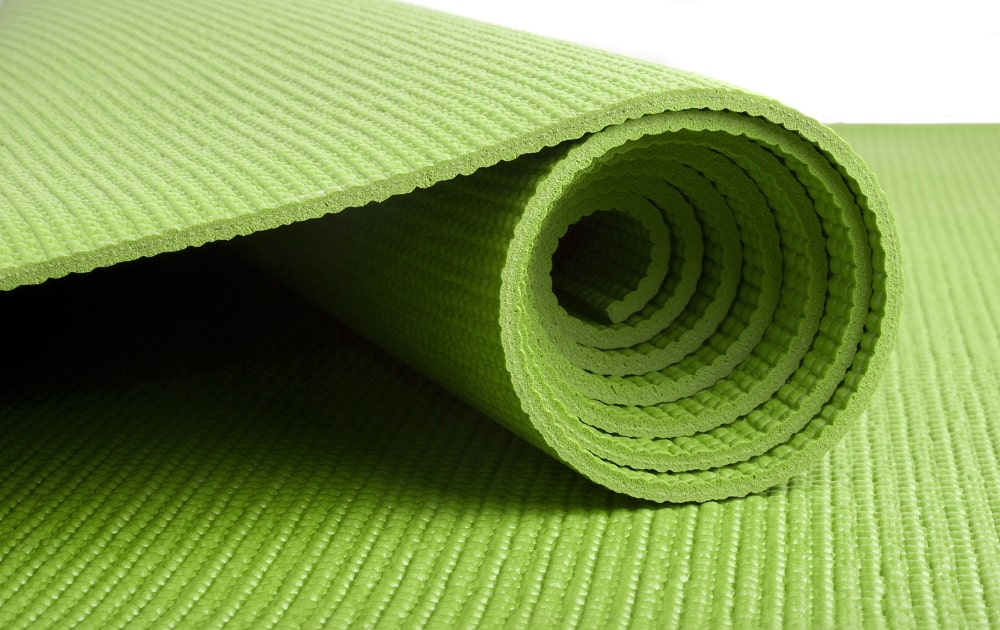
Pilates mats should also have a textured bottom for better stability. A textured bottom is necessary to avoid slippage during workouts. There are also Pilates mats with ribbed bottoms made for the same purpose.
It is also not unusual to find Pilates mat with both a textured bottom and top. This aids in achieving more stationary Pilates workouts and also prevents slippage when sweating. However, Pilates mats with textured top can hinder smooth movements.
While a textured top is just an additional feature, a textured or ribbed bottom surface is necessary to avoid slipping or sliding. Thus, investing in a Pilates mat with a good non-skid bottom surface can go a long way for safety and workout efficiency.
Portability
There are various designs for portability among Pilates mats. Some mats can be folded while some can be rolled up for storage. Other Pilates mats also have handles or come with a bag or case.
Velcro straps are the most common for rolling and securing Pilates mats for storage. Straps are necessary because most Pilates mats are made of foam and other elastic materials.
Parting Words
The thickness of a Pilates mat is certainly important. However, size, material, and density, along with other considerations, are also crucial for an enjoyable Pilates experience.
Knowing the relationships among these features and the advantages and drawbacks of prioritizing one feature over another will lead to a more insightful purchasing decision..

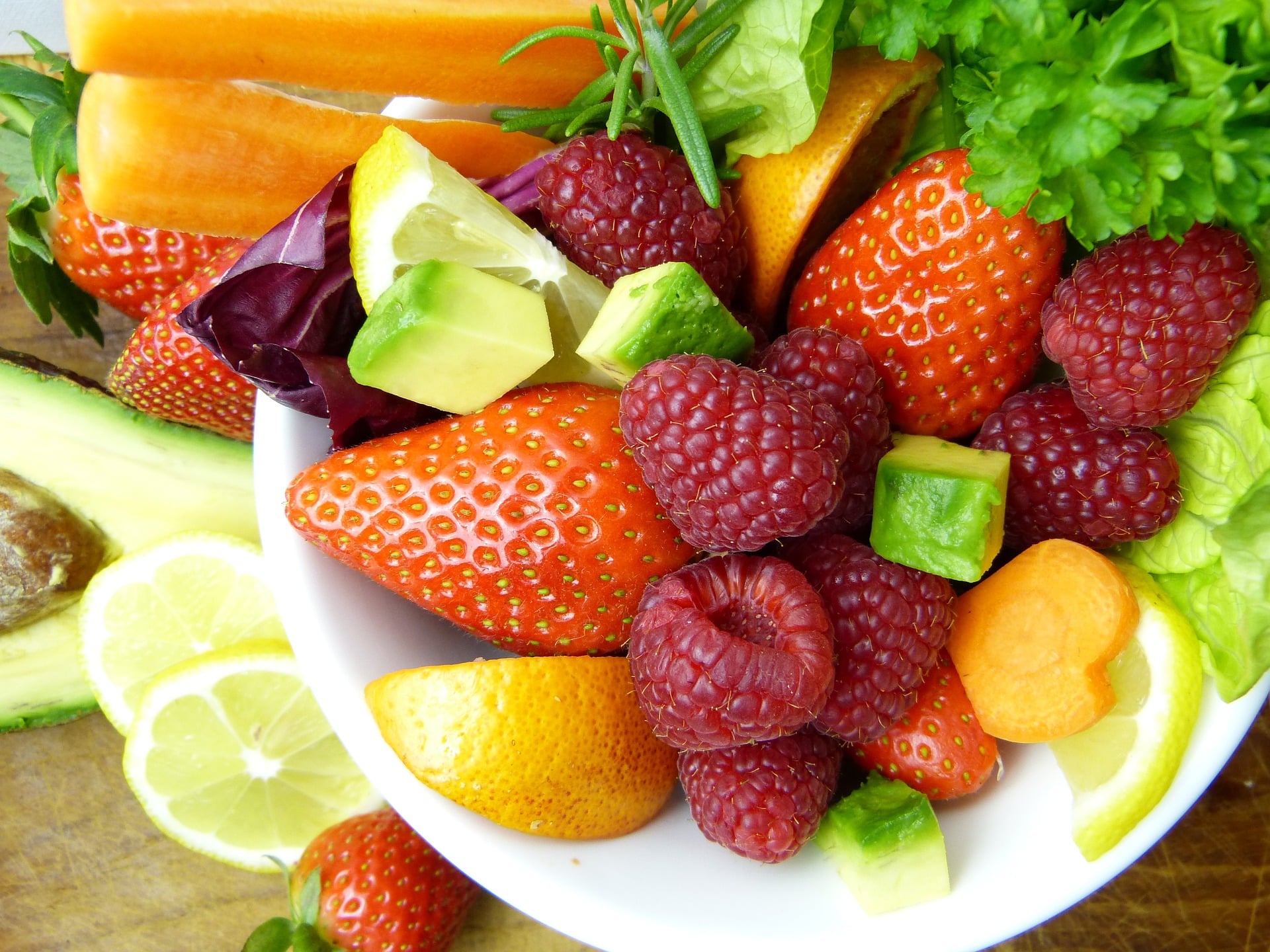

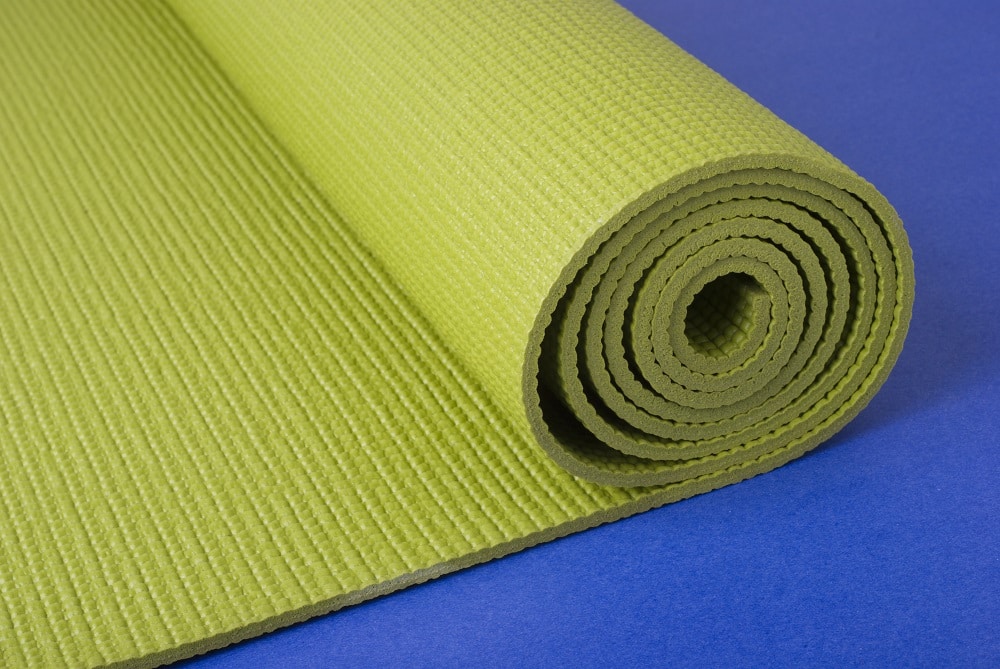


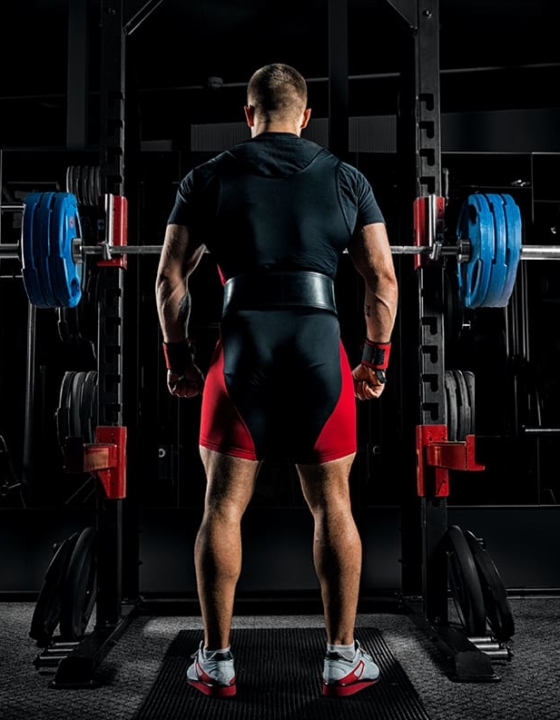
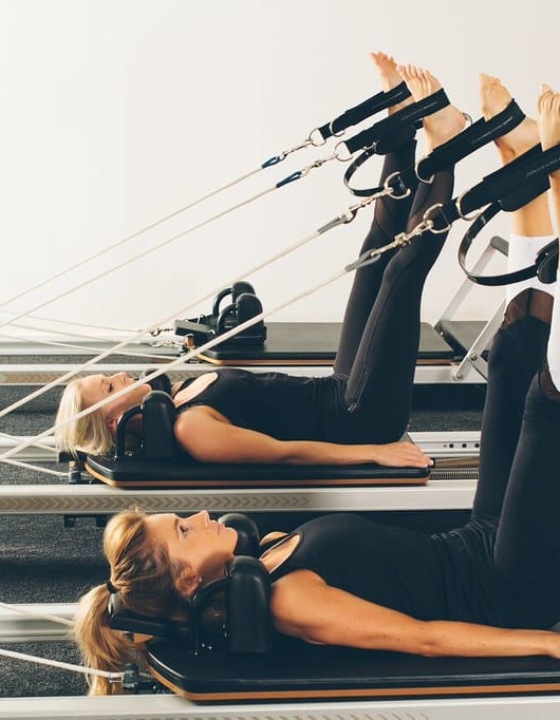
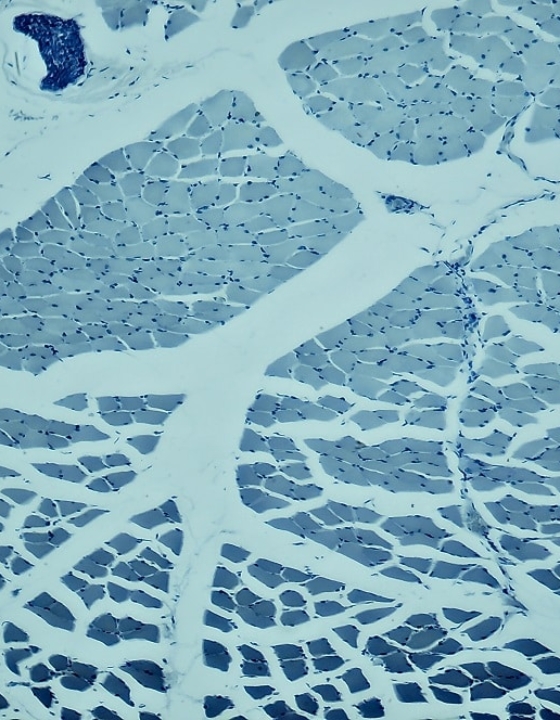
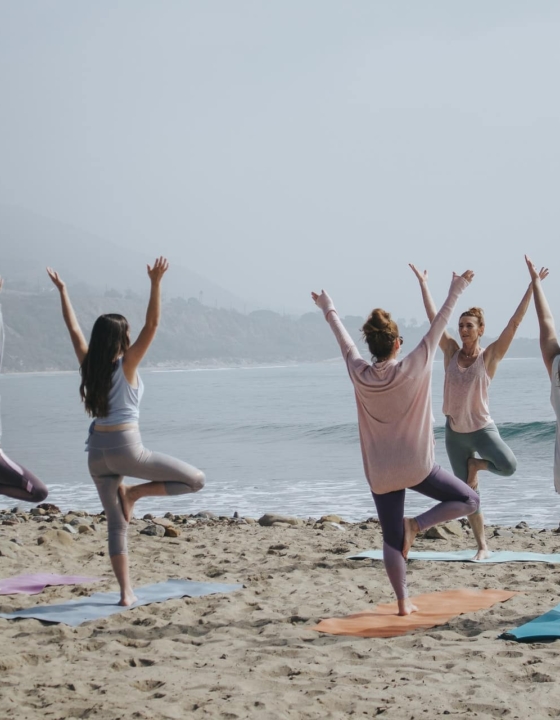
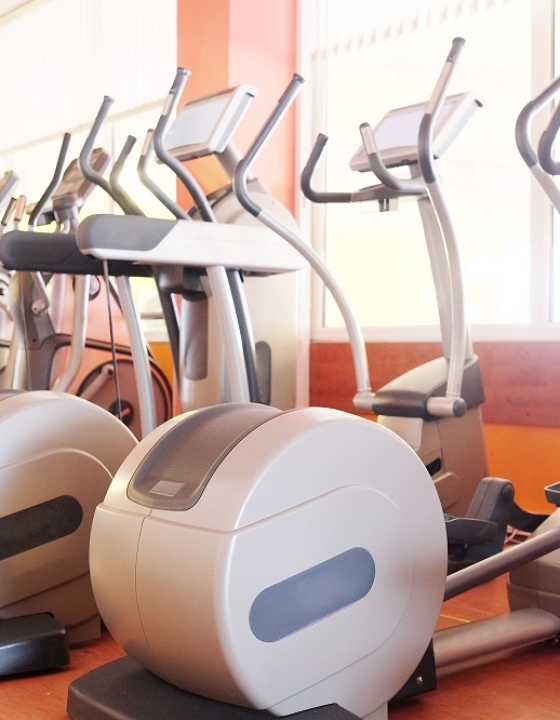
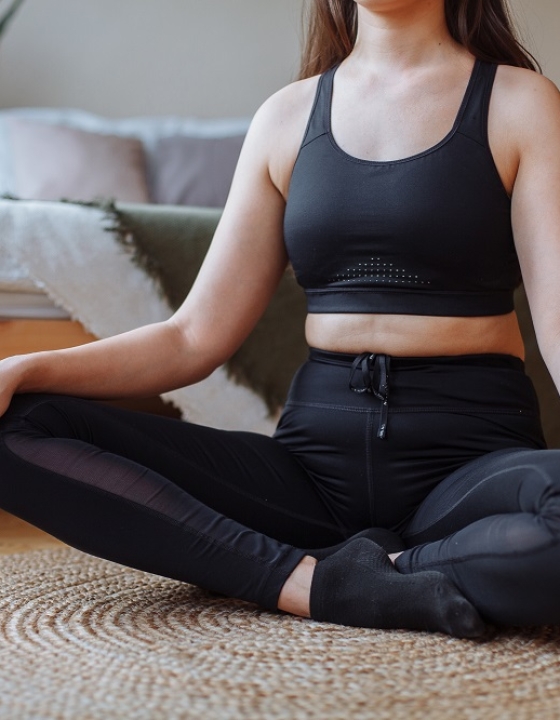










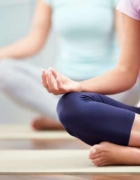
What do you think?